Report this entry
More from the same community-collection
Kohlberg Brothers Tobacco Company
The image shows workers making cigars at the Kohlberg Brothers ...
Kohlberg Brothers Tobacco Company
The image shows female workers putting cigars into boxes at the ...
Let's Go - advertisement for La Internacional cigar
The image shows advertisement for La Internacional cigar - the ...
Alligators in San Jacinto Plaza at Christmas
Celebrating the lighting of the Christmas tree on December 5, ...
Henry O. Flipper, 1856 - 1940
Henry Ossian Flipper, engineer, the first black graduate of West ...
Pancho Villa and Ice Cream - Video
Elite Confectionary 201 N. Mesa St. Pancho Villa would visit the ...







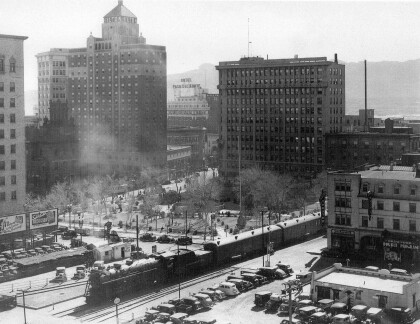
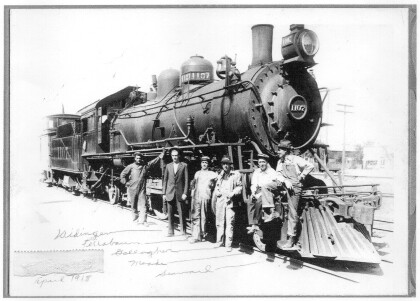
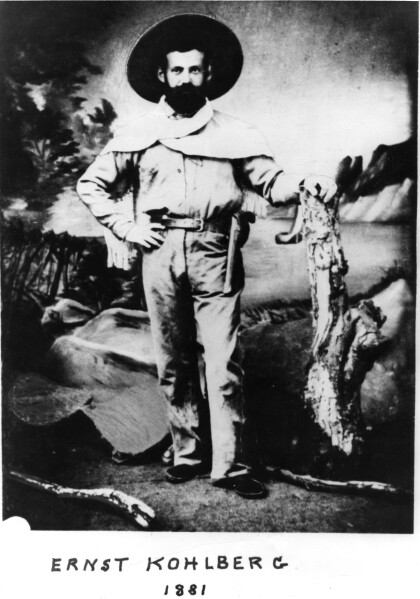
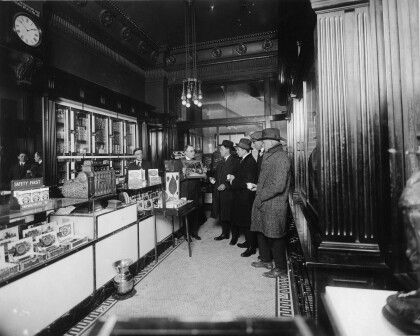
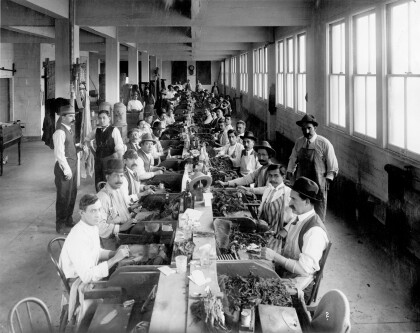
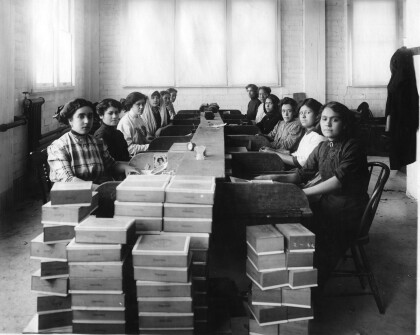
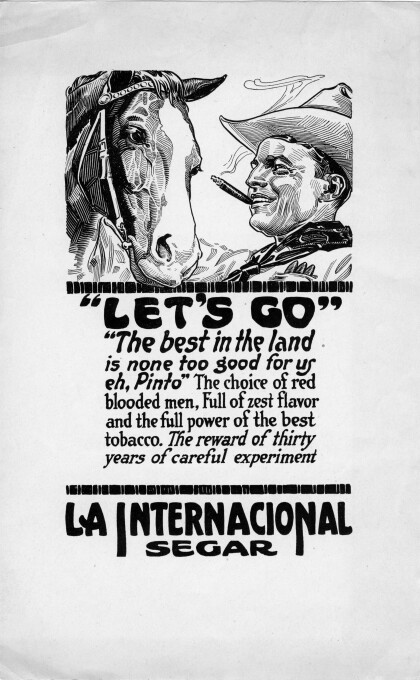
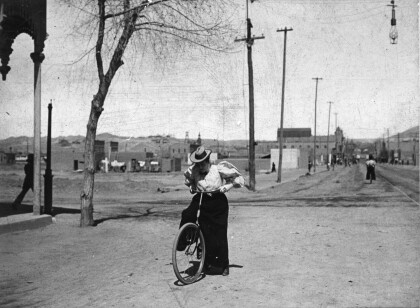
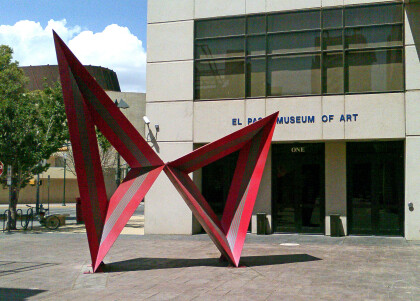
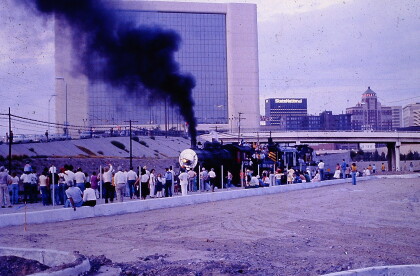
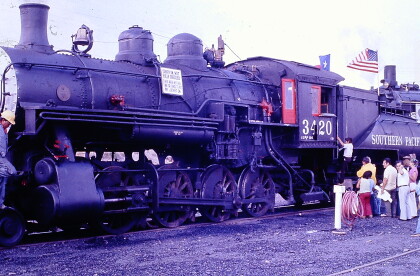
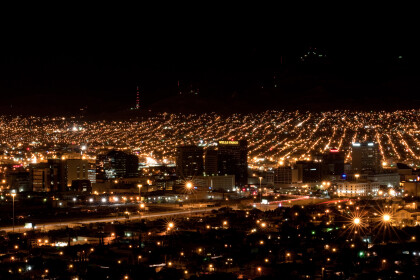

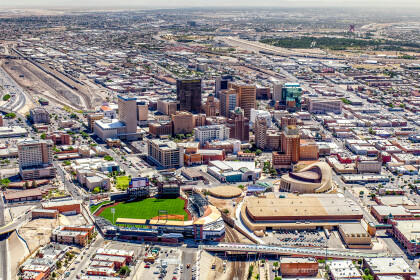

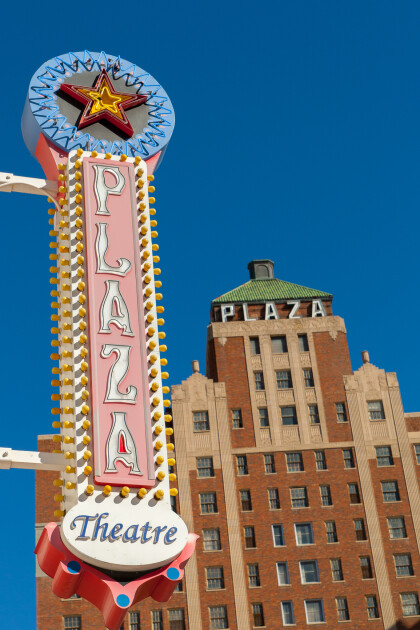
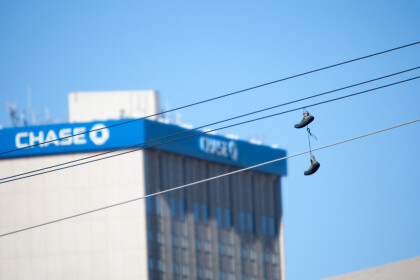
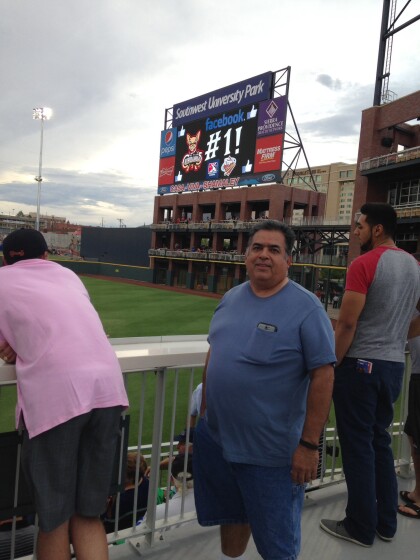

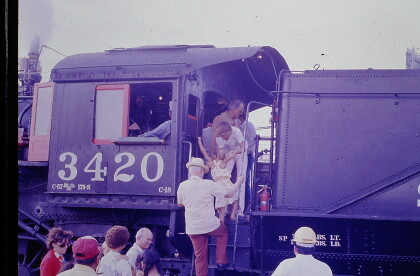
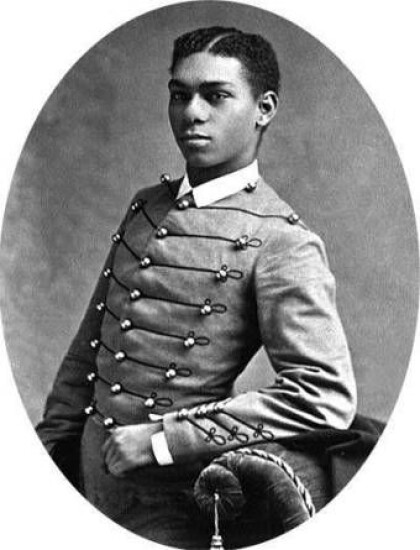
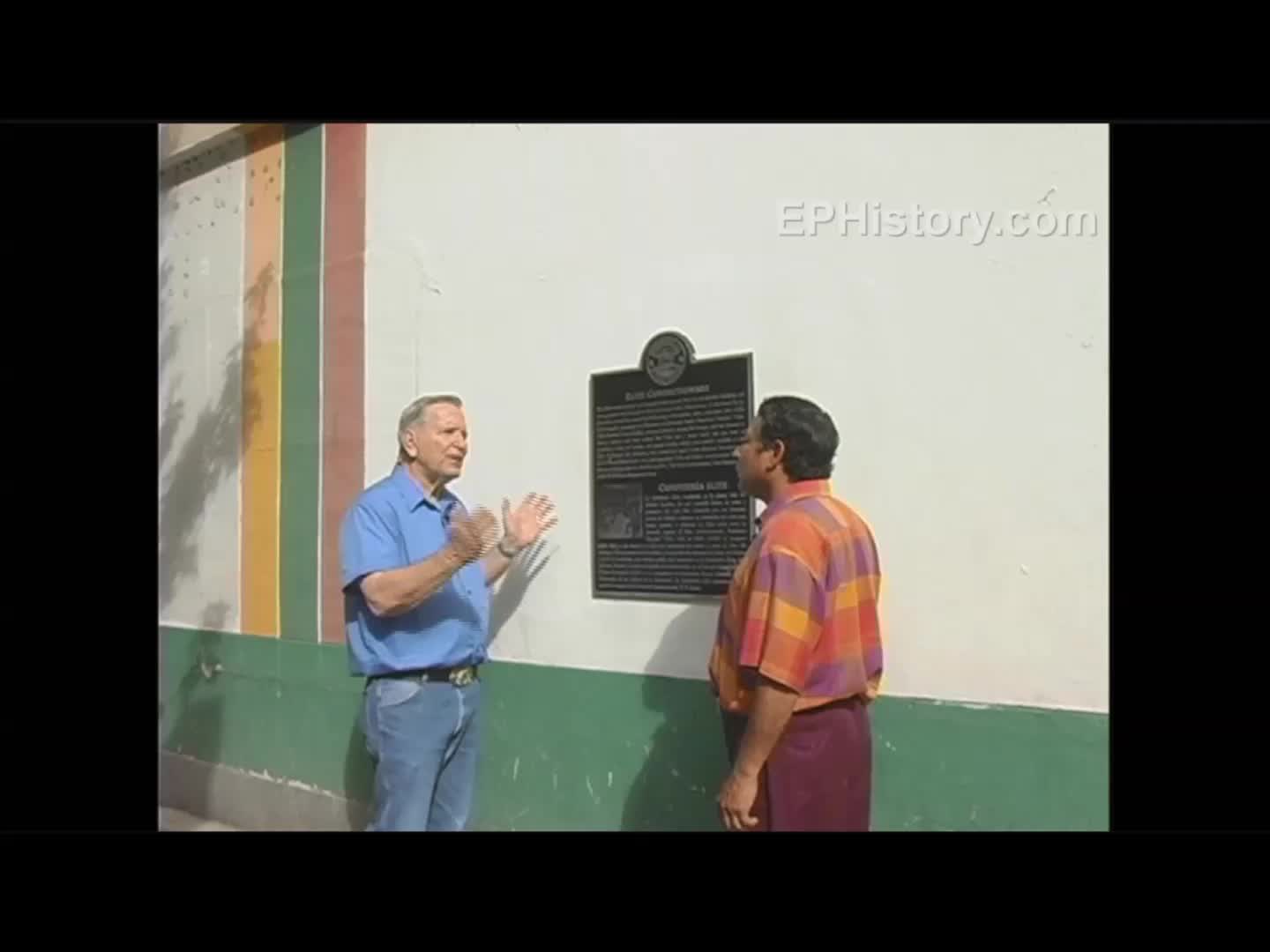

Comments
Add a comment